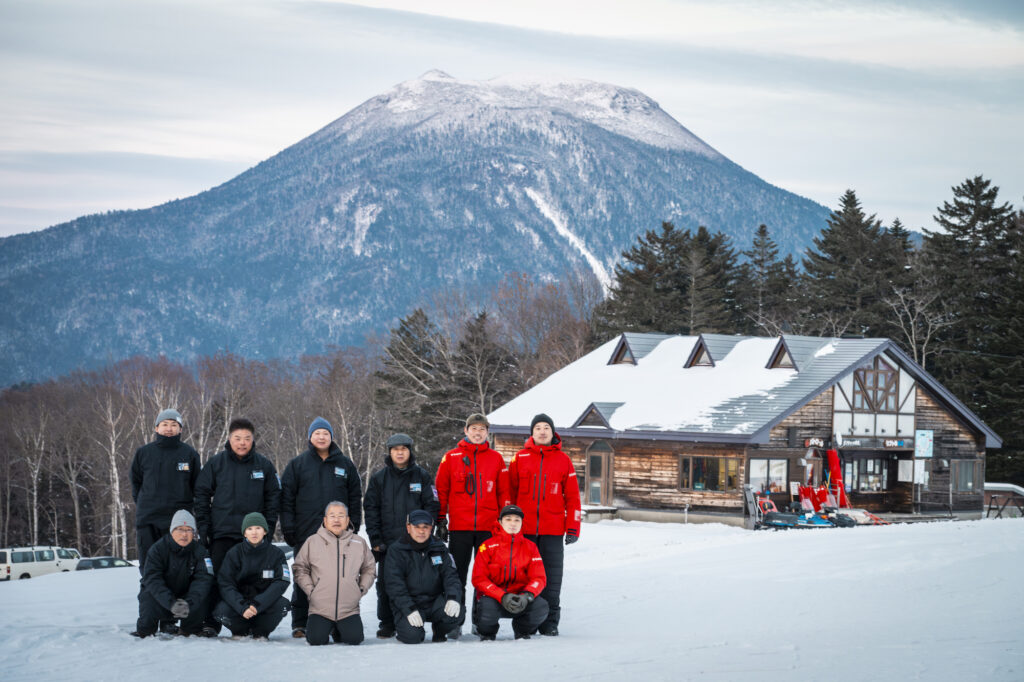Into the field of volcano, forest, and lake
The Lake Akan area in Akan-Mashu National Park, in eastern Hokkaido, boasts dynamic landscapes of pristine nature. Formed by volcanic activity some 150,000–200,000 years ago, Lake Akan is the habitat of marimo moss balls, designated as a Special Natural Monument of Japan. The surrounding forest of Sakhalin fir and Yezo spruce trees is home to wild birds such as Blakiston’s fish owl, black woodpecker, and white-tailed eagle, and wild animals like the brown bear and Yezo deer. And the lakeside hosts Japan’s largest Ainu kotan (settlement), offering a glimpse into the indigenous Ainu people’s spirit of revering the kamuy (gods) residing in the local nature.
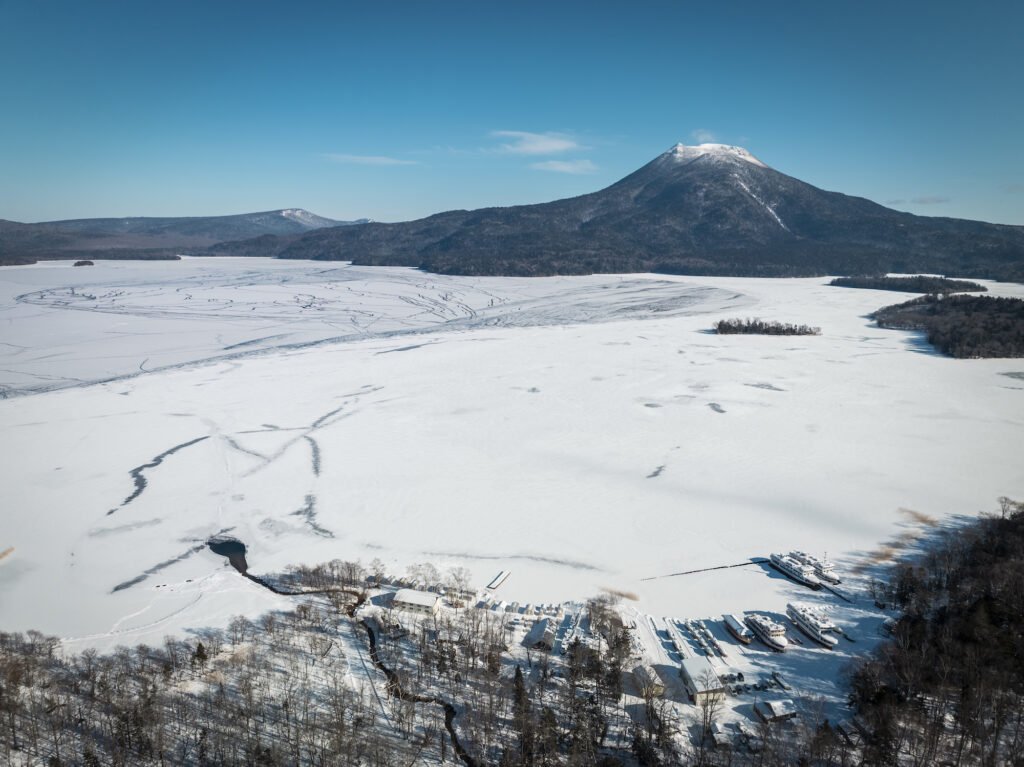
Akankohan National Ski Area Utara, hereafter Utara for short, is located by the Lake Akan hot spring resort and commands a view of Mt. Oakan and Lake Akan. The compact ski area with just one lift and two trails hosts official competitions of the International Ski and Snowboard Federation (FIS) each year, as well as training camps for schools and other organizations as soon as the season sets in. Eastern Hokkaido doesn’t enjoy as much snowfall as the Taisetsu area. So why does Utara attract top skiers, and skiers aiming for the top, from all over Japan? Let’s ask Hiroyuki Matsuoka, the director of Utara who also serves as director of the NPO Akan Tourist Association Community Development Promotion Agency, about the story behind the making of Utara.
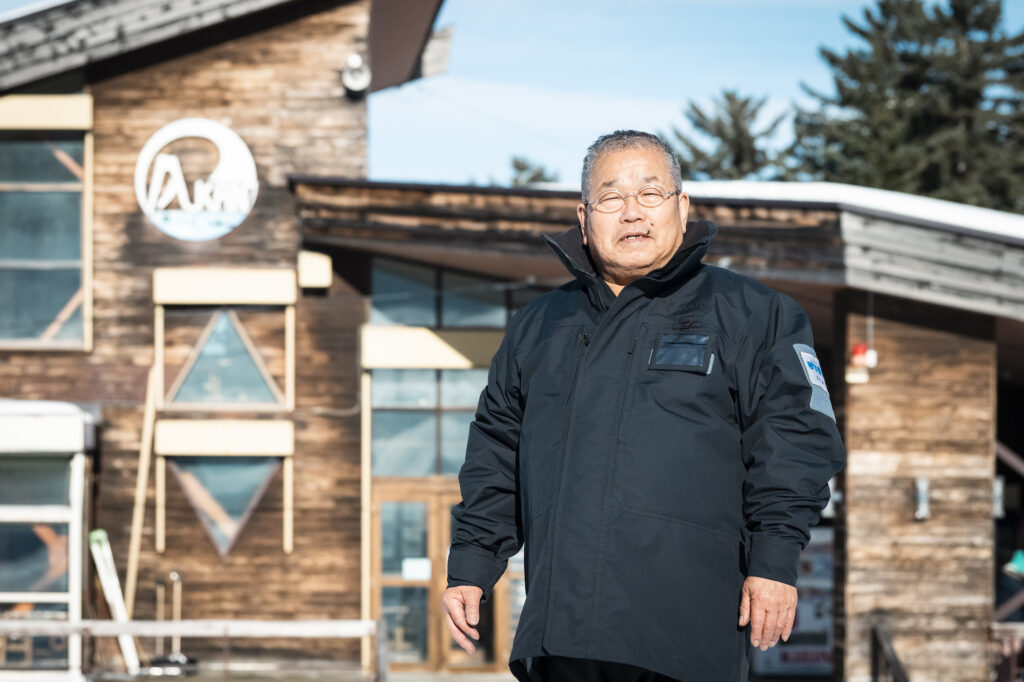
The dream of producing world-class athletes
“Utara’s greatest features are stable snow quality thanks to the low temperatures, and the most difficult slalom trail in Japan,” says Mr. Matsuoka. “In late November, when the temperature drops below freezing, we use snowmaking and water-injecting techniques to create a hard, icy surface, like that of an ice skating rink, and open up this slope to athletes early in the season. We came to create an icy slope on a par with ski resorts in Europe with the dream of producing star skiers of the future.”
Utara has come to provide athletes with essential training grounds today. Its opening dates back 40 years. At the time, Mr. Matsuoka was a coach for the ski national team. Having been to ski resorts around the world, he recognized the need for a global-standard slalom trail back home. The Lake Akan area receives low snowfall, but the winters are severely cold, with temperatures often dropping below –30ºC in the coldest period. Mr. Matsuoka figured that under those weather conditions, he could make an icy slope comparable with those in Europe, and submitted a proposal to the town to set up snowmaking machines.
“We’re the only ski area in Japan that can make a trail of this quality as early as December, and for that, we’ve won the favor of athletes, organizations, and schools from in and outside Japan. We host the Goldwin Cup every year end—last year we counted the 36th edition—as well as many other events including the All Japan Ski Championships, the All Japan Junior Championships, and the inter-high school championships. Countless top skiers started out here on this slope.”
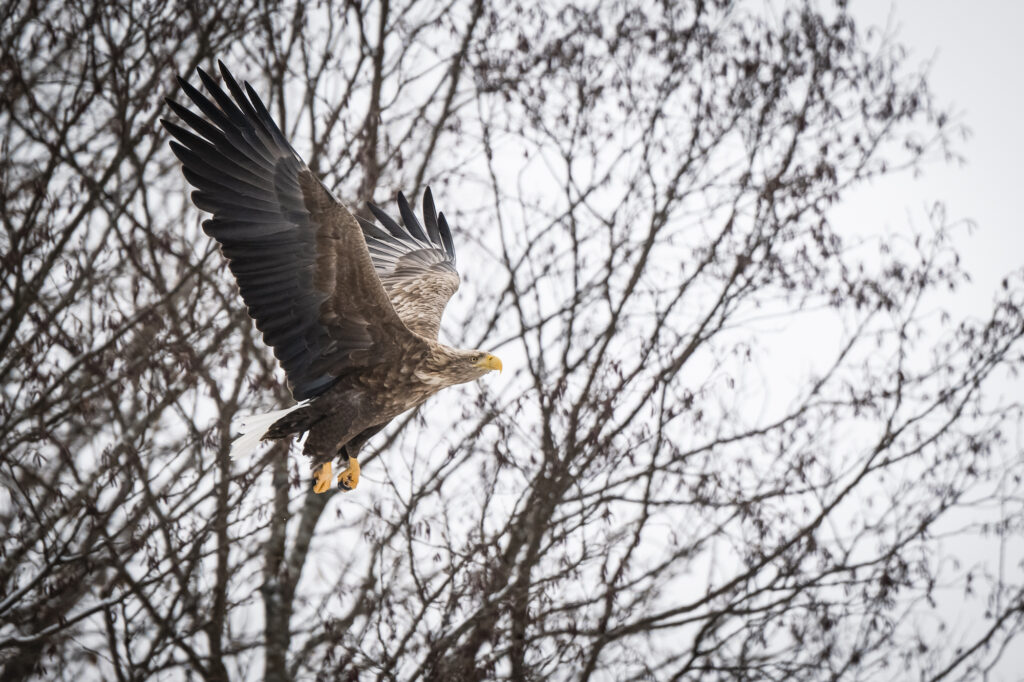
Zero carbon initiative pioneered by a ski area
On top of producing top skiers, Utara pours its energies into environmental conservation activities. Since the town of Akan became the first area in Hokkaido to be designated a Zero Carbon Park,* the ski area also switched to renewable energy in the summer of 2022 and achieved carbon neutrality for the electricity used in its facilities. The decision to adopt Goldwin sustainable workwear followed as part of those carbon neutrality efforts.
* An area in a national park leading carbon-neutrality efforts promoted by the Ministry of the Environment.
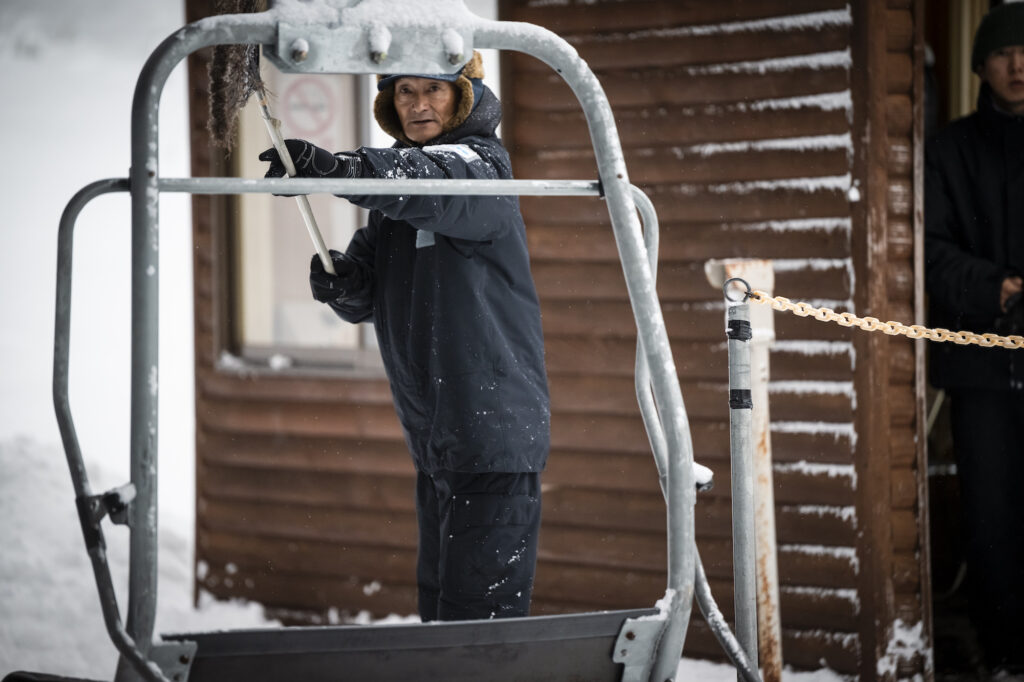
“We were considering changing the uniforms of our lift operators and ski patrollers in the 2022–2023 season when Goldwin approached us about its durable, repairable workwear made with recyclable materials—we said yes right away. The garments were exceptionally functional, that goes without saying, but more than that, we sympathized with the concept of sustainability and minimizing waste. We thought that adopting this workwear would be an expression of our stance on environmental issues, our determination to keep on living here in coexistence with nature.”
The impact of climate change is steadily becoming apparent even amid the freezing cold temperatures of the Lake Akan area. Where there were four habitats of marimo moss balls in the past, there are currently only two. And every season it takes more time for Lake Akan to freeze over; as of January 20 this year, for example, only parts of the lake are covered with ice. How much longer can Akan’s field of snow and ski culture be protected? “That’s an issue faced by ski resorts throughout Japan and across the globe,” says Mr. Matsuoka.
“I suspect many ski resorts are feeling the impact of climate change and worrying about the declining snowfall, but they’re at a loss what to do and where to start. As a ski area in a national park, we felt it was Utara’s responsibility to be a forerunner and set an example. I hope our initiative can be a benchmark for other ski resorts.”
For this write-up, we observed one of the staff members who actually wear the sustainable garments. Kosuke Matsuoka, a ski patroller in his sixth year at Utara, was born and raised in the town of Akan and trained right here on this slalom trail. He attended high school in Sapporo as an alpine skier and took a job in Otaru before returning to his hometown. Having done a U-turn, what does Kosuke feel is special about Utara? “The amazing cold and the hard, icy slope,” he says.
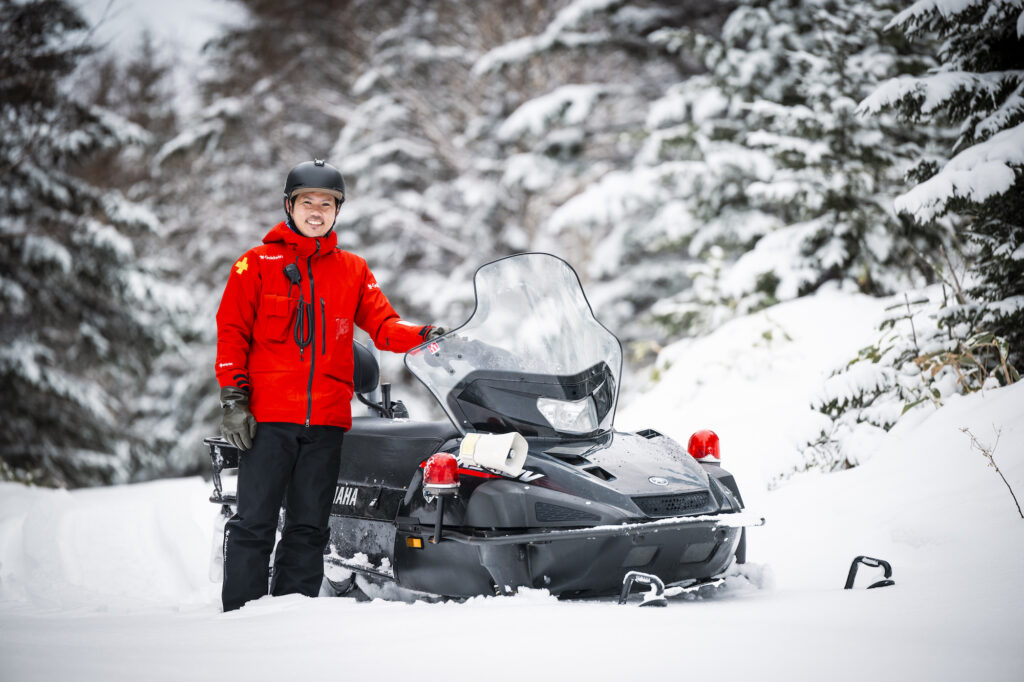
“Only two resorts in Japan operate a water-injecting system—us and the Sugadaira Kogen Snow Resort,” says Kosuke. “But we perform the water injecting before every training camp and tournament so that the slope stays as hard as an ice skating rink. The slick surface is necessary for the athletes to improve their performance, but it also requires the services of ski patrol.”
The job of ski patrol ranges from caring for the injured to promoting safety measures. In addition to that, a unique task at Utara is installing the 2-meter-high B-Net along the outer edges of the slalom trail.
“The safety net at an ordinary ski resort comes up to around the waist, but as part of our safety measures, at Utara we use a net that surpasses the average person’s height. Installing this net and removing the poles driven into the snow is incredibly hard work that promises to make us sweat. That’s why I appreciate the full-open ventilation of Goldwin workwear. Also, friction with the poles and netting used to cause the jacket’s cuffs and hem to wear out after one season, but this workwear is durable and seems to be much better at withstanding damage. The ski patrol uniform is made using Gore-Tex fabric, so it isn’t recyclable, but to make up for that, it’s made to last longer. That struck a chord with me.”
When Utara first decided to adopt Goldwin workwear, Kosuke and his colleagues talked about their ideal sustainable garments and environmental performance.
“The people of Akan have a keen sense of environmental consciousness to begin with.”
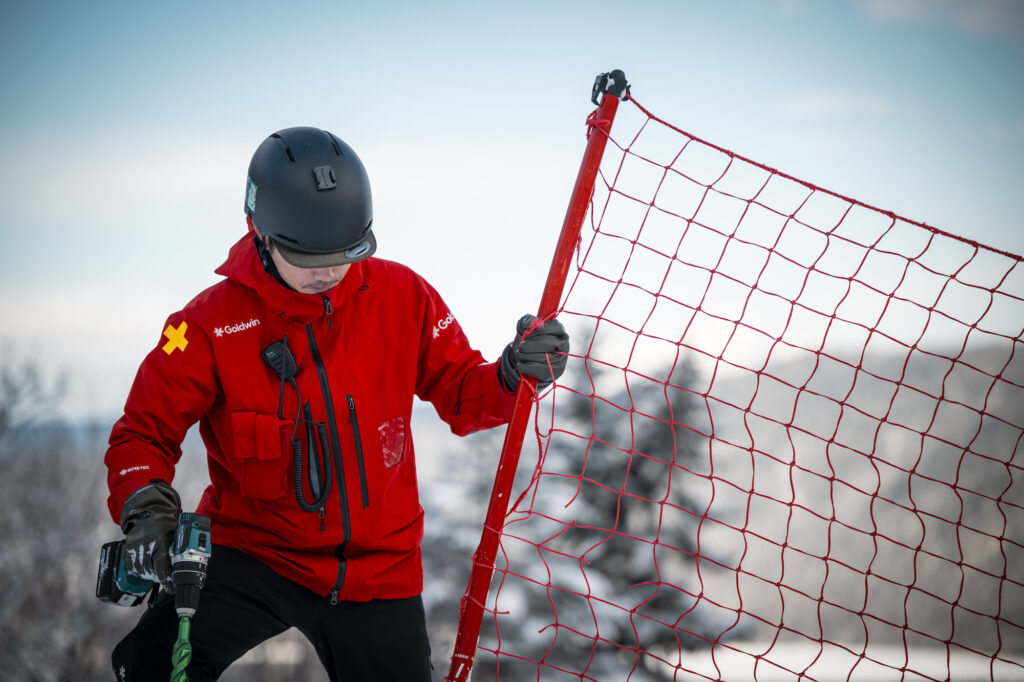
Environmental consciousness established in the local mindset
When Kosuke was a child, grade schoolers had all kinds of opportunities to deepen their understanding about the local nature. Planting trees as an extracurricular activity, and observing marimo moss balls while receiving a lecture on water quality, for example, developed their awareness that the forest and the lake and the animals living there were special and precious. That was before they had even heard of the term environmental conservation.
“Back in my day, we grade schoolers caught the shrimp in Lake Akan and boiled them in the hot spring. Delicious! We caught crayfish for fun, that was the normal thing to do. But in recent years, I have a sense of crisis. The nature that provided us with all that fun—is it going to fade out in the future?”
Last year, Kosuke was named head of the new SDGs Section established in the Akan Tourist Association. The section is working with the children to preserve and pass down the local natural environment to the future. The Akan area has been promoting environmental conservation since far before the United Nations established the Sustainable Development Goals. A leader in those activities is the Maeda Ippoen Foundation. Kosuke is now working with the foundation to hold study group meetings for the local residents.
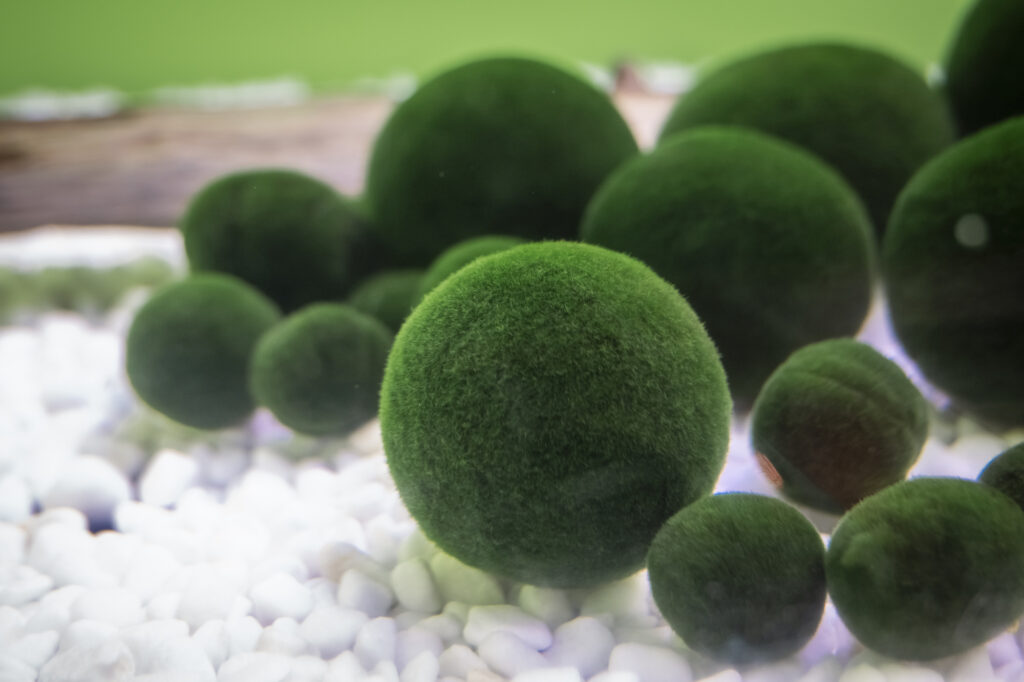
“The Maeda Ippoen Foundation owns 3,600 hectares of forestland in the Lake Akan area. For nearly the past hundred years, it has worked to maintain that forest ‘for admiring, not for logging’ and to preserve the nature of Akan for posterity. Those activities are well-known outside Hokkaido, but they aren’t all that well-known by the local residents. That’s why we want to organize study group meetings and create the opportunity for the foundation to deliver lectures on its activities. I want the locals to know what they and their forebears have been working on for the past hundred years. I want them to be proud. That local pride will serve as a foundation for preserving the local environment.”
This year, Kosuke plans to organize trips to the foundation’s forest to give the children firsthand experience of conservation activities. Once the children get to know the workings of the forest and the lake, they will pay attention to the flora and fauna around them, and that sheer awareness will get them to appreciate the value of nature.
Ultimately, what needs to happen to ensure a future with snow? There is little that a ski area can do alone. The key is to get the town’s residents and children, and the people in general to help grow the movement.
“We need to get out more and play in the local nature. That’s most important,” says Mr. Hiroyuki Matsuoka. “If you ask me, the tourism industry thrives on the locals bragging about our homeland. In order to brag, we need to play here, and get to know and experience the area better than anyone else, and build a true understanding. If we can say with pride that no place in the world is more enjoyable, then I think we can muster the support we need to preserve our field.”
